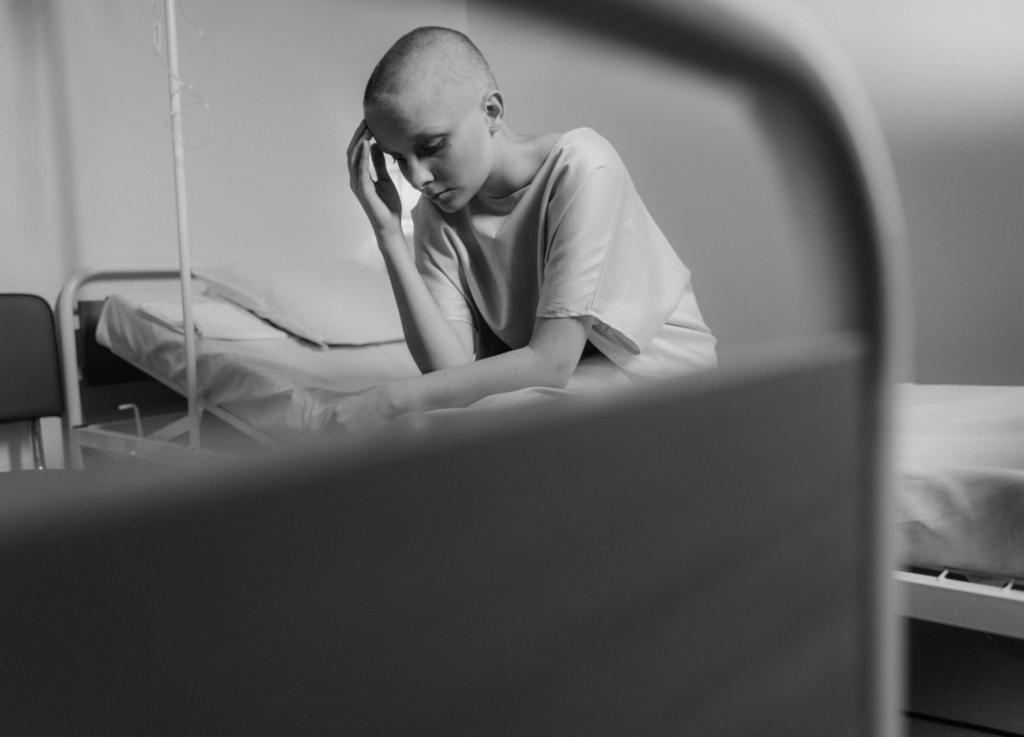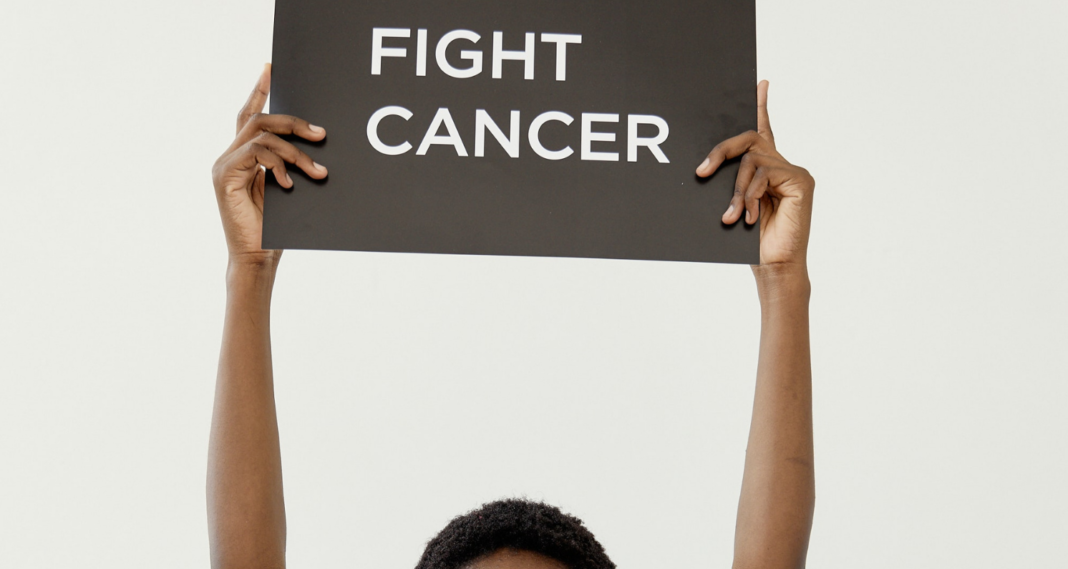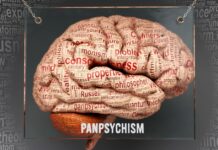If you or a loved one are diagnosed with the “Big C” – you’re going to want all the ammunition you can get to fight it (and win)! Traditional as well as natural cancer fighters that will increase your odds of survival and beat back the #2 killer in the world!
For decades, the scientific and medical communities have understood that the biggest killers attacking humankind are self-inflicted. That’s right! Cancer, heart disease, and diabetes have become modern-day plagues on humanity because of our lifestyles and environment.
The Fight Against Cancer
Prevention is always preferable (of course) but if you’re diagnosed, the road is going to be long and difficult. Unfortunately, many have died from the treatments – not the disease. The “three pillars of cancer treatment” are surgery, chemotherapy, and radiation. They are destructive to your body (and life) on the cellular level.
Finally, things may be changing and it is long overdue!
For years, I’ve said that if medical science followed nature’s path, we could solve the issue of cancer quickly. It’s the immune system that saves cancer victims.
Chemotherapy and radiation destroy the immune system entirely and surgical options drastically weaken it. These clunky treatments are counter-productive on the whole.
At last, a significant breakthrough has emerged that harnesses the amazing powers of your natural, powerful immune system.
Scientists are now working along the lines of outsmarting cancer, rather than attempting to blast it to kingdom come. Even the frightening malignant melanoma is succumbing to crafty signals.

Checkpoint Inhibitors – A “Penicillin Moment?”
Penicillin changed the world. Virtually overnight, hundreds of diseases that formerly killed millions of people were rendered impotent. Life expectancy shot up by decades. The prospect of a long and happy life became a reality.
There is new generation of anticancer drugs – called checkpoint inhibitors – that are having such a profound impact that some scientists are calling it a turning point in cancer treatment, a “penicillin moment!”
A rapidly expanding group of patients, despite starting out with a bleak prognosis such as melanoma or lung cancer, are surviving years instead of the usual months. Jimmy Carter was the lucky recipient of this new treatment, which has cleared a potentially lethal melanoma from his brain.
May have gone into what appears to be permanent remission.
“Melanoma and lung cancer used to be death sentences, but they’re not anymore,” says Gordon Freeman at the Dana-Farber Cancer Institute in Boston. “It’s a revolution, and it’s only the start.”
The story of these treatments began in the 1960s when Tasuku Honjo a Japanese trainee doctor, learned of the death of a close classmate from gastric cancer. “My dream became to cure cancer,” he says.
The dream began to materialize 30 years on, in 1992 when, as an immunologist at the University of Kyoto, he was studying how and why important immune cells we call T-cells sometimes self-destruct. He discovered a protein produced on the surface of some T-cells and suspected it was involved in this process. So he called it Programmed cell death-1 or PD-1.
To find out what PD-1 does, Honjo disabled the gene that makes the protein in mice. He found that they developed autoimmune disease, including mild arthritis, heart degeneration, and joint disease.PD-1 puts a brake on the immune system.
That’s the last thing you want when fighting cancer!
Honjo started to wonder whether the immune system could be unleashed against cancer by blocking PD-1 with a drug. This fits with our known holistic model of cancer defense: that the immune system is ultimately what wipes out the disease.
The immune system recognizes cells that are “foreign” and blasts them out of existence, using nature’s wonderful very specific weapons. One of the reasons that cancer is so good at thriving and spreading in the body is its ability to dampen the immune system.
For this reason, most conventional treatments have used brute force, zapping tumor cells with drugs or radiation. The problem is that such treatments are unspecific, damaging healthy cells alongside the tumors. Plus they are unable to keep up with cancer as it evolves in response to their onslaught (developing resistance).
Better would be to find a natural cancer fighter – a way to loosen the chokehold that cancer cells have over the immune system, letting it do the job it is supposed to do.
Attempts so far have included a range of vaccines and immune-stimulators. The results have been encouraging, showing this is the way to go. However, nothing has worked really consistently well until now!
About six years ago, there were sensational results from the clinical trial of a drug called ipilimumab (ipi for short). It had unprecedented results against melanoma, the most lethal type of skin cancer.
A year after the trial ended, around 45% of the patients were still alive. Another year later, 24% were still alive. This may sound dire but that’s about four times better than standard chemotherapies. More strikingly, there was a subset of people who seemed to be almost completely rid of their cancer.

“Around 20% of the patients survived longer than three years,” says Jedd Wolchok of the Memorial Sloan-Kettering Cancer Center in New York City, one of the main clinicians involved in testing the drug. “Some are still alive 10 or 11 years later.”
Once people reached three years survival, they seemed to go on indefinitely without the cancer coming back, according to Wolchok.
Unfortunately, ipi turned out to be toxic. Side effects included lung inflammation and hepatitis. Some patients died. In these cases, the patient’s entire immune system went into overdrive. It slaughtered healthy cells as well as cancerous cells.
What was needed was a much more targeted approach.
That’s where Honjo’s idea comes in. Following the reasoning deeper and deeper, it was found that PD-1 attracted a molecule now known as PD-L1 (programmed death ligand-1). Crucially, they also discovered that cancerous cells often produce PD-L1.
“The first ones we found were on ovarian and breast cancer cells,” says Freeman. “Then, we found it on lots of other cancer cells, and realized that PD-L1 seemed to be the trick cancers used to turn on the immune brake.”
That was the ‘aha’ moment.”
What Freeman, Honjo, and their teams had discovered is that PD-L1 on the surface of cancer cells formed what they called “a truce-like handshake” with PD-1. This calls off the immune attack, allowing the cancer to proliferate unchallenged.
So could blocking PD-1 stymie cancer? To test the idea, Honjo tried growing human tumors in mice engineered to lack PD-1. Sure enough, he found that the tumors wouldn’t grow. “The immune system machine-guns the tumor rather than taking one potshot.“
The next step was to make antibodies against PD-1, to see if they would protect against cancer by “releasing the brake.” They did, although not as well as knocking the gene out completely. But it was enough to show that it was possible to give the immune system the desired boost.
At first Big Pharma didn’t want to know.
“I tried to convince the pharmaceutical industry, but with enormous difficulty,” Honjo says.
That changed with the realization that the side effects of ipi often outweigh the benefits, meaning their profits were lowered. Finally, the pharmaceutical industry turned its attention to the PD-1 system, and PD-1 inhibitor drugs, which are now setting the oncology world alight.
The two forging ahead are nivolumab (nivo) and pembrolizumab (pembro), the drug used to treat Jimmy Carter.
One reason the drugs are proving so successful is that remobilizing the immune system allows it to continuously evolve to keep the tumor in check, limiting the ability of the cancer to escape detection and destruction even if it develops hundreds of mutations.
The immune system doesn’t see one target on the tumor, it sees 10, or 50 maybe, so it machine-guns the tumor, rather than taking a single pot-shot.
There is a significant downside: these drugs only work for some of the people who receive them. “In lung cancer, two or three out of 10 have very significant responses, or their disease is stable for a long time,” says Julie Brahmer of Johns Hopkins University of Medicine in Baltimore, Maryland, and co-leader of some of the PD-1 inhibitor trials. “But the majority of lung cancer patients are not responding, and that’s where the work is now.”
Please hurry up!
Meanwhile, you can get an insight into other natural cancer fighters and scores of other workable methods of defeating cancer from my comprehensive masterwork, “Cancer Research Secrets.” The disease cannot be allowed to win…every single piece of ammunition must be used to fight it!
REFERENCES
New Scientist, 5 Mar 2016, Volume 229, No 3063, p. 34




